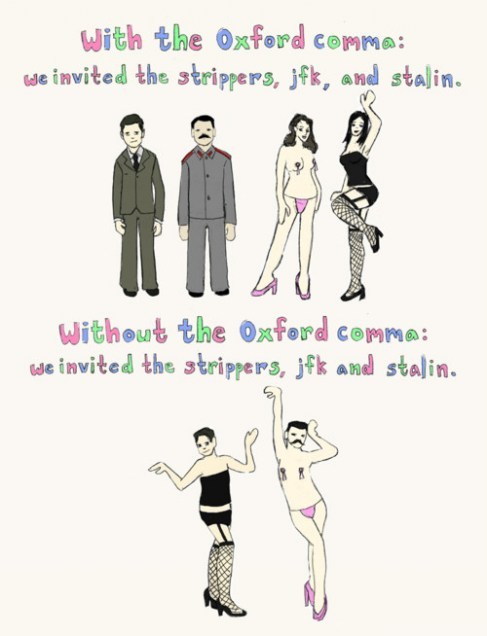I fail to see the reason for all this complication, and I have gone thru it myself trying to replicate Normandy Ciders. Now that is probably a lighter, lower alcohol product than is being targeted above... but it allows an ultra simple alternative that I devised (and posted here as cranberry cider).
Just buy half gallon plastic jugs of apple juice, which of course will be pre-pasteurized. Open it up and chuck a tablespoon of bread yeast in it and recap, squeezing out most of the air. Depending on warmth, the bottle will be swollen in a few hours and available in high carbonated, high sweetness, low alcohol form.
For less sweetness and more booziness, put the firm bottle in the fridge for overnight or more. If the bottle gets too rock hard, open and drink a bit. Try to crunch all the air out if you can, or else it will introduce off taste action.
That's it; simple and super delicious! Much room for experimentation. Cranapple is more interesting. You will see there is no need for fancy yeasts.
If you “fail to see the reason for all this complication” (as you put it) then you obviously don't understand why the ingredients or methods are used ... or you wouldn’t have said it.
Each of my recommendations above is for a specific reason. If you *really* don’t understand the “why’s” ... unfortunately I don’t have the time to teach you.
The original poster specifically asked about cider ... which by most drinkers ... and certainly by cider producers, is an end product with specific qualities ... it is not just apple juice in the process of being fermented. I suppose you can call anything you like “cider” ... it’s a free country, right? ... but while you can bury a vat of apples under a pile of cowsh*t and after it ferments, strain it off and drink it ... that doesn’t make it cider. Hard cider is a bit more specific than that.
And the comment that there “is no need for fancy yeasts” ... really? ... Really?? Don’t know much about yeast, huh?
The method you suggest is fine as a beverage if that is the product you are after ... and it is a specific beverage.
Germans call it “federweisser” ... and it is fairly popular stuff in Germany and in Austria ... I like it, and it was the first alcoholic beverage I had as a little kid in the presence of my mom’s family. My mom’s side is German right off the boat and some of my Great Uncles made and drank federweisser in the late summer and fall (particularly while operating their smokehouse) ... they made both grape and apple ... on the way to being wine. In fact the old folks say it’s a sort of health drink.
“Health drink” or not, federweisser early in the ferment can definitely cause stomach upset and possible “digestive issues” the next morning ... if you’ve got an 8am business meeting you may want to reconsider drinking lots of the stuff the night before.
Also, as you described it, a ferment which uses bread yeast (which is a blend of strains) can have some distinct off-flavors. In JAO (mead which uses bread yeast) the bread yeast’s low alcohol tolerance is mostly why it is used (that and Joe Mattioli wanted it to be “ancient”

... and the spices in the mead cover any off flavors or faults in the mead from the yeast.
There are NOT a lot of other good reasons to be using bread yeast in wine, beer or cider.
Lots of things contribute to the taste of cider ... just as they do with beer. Yeasts, fermentation specifics like temperature, aging, other ingredient additions and techniques ... lots of things done for very specific reasons.
The original poster is trying to make cider ... and also trying to learn how to make cider, making fermented apple juice as you suggested does nothing to help her really understand how cider (or wine or beer for that matter) is made and what goes on. Sure, she could make fermented apple juice like you say ... but “hooch” ain’t going to help her to learn the process ... techniques which are applicable in wine, beer and cider ... and the next time she makes it she’ll not have learned much about the real process and will be nearly right back at square one.
But ... like my grandfather used to say, “
there’s never time to do it right the first time but there’s always time to go back and do it again.” ... right?


























































![Craft A Brew - Safale S-04 Dry Yeast - Fermentis - English Ale Dry Yeast - For English and American Ales and Hard Apple Ciders - Ingredients for Home Brewing - Beer Making Supplies - [1 Pack]](https://m.media-amazon.com/images/I/41fVGNh6JfL._SL500_.jpg)

